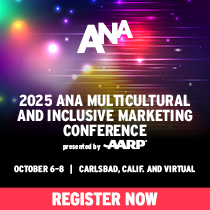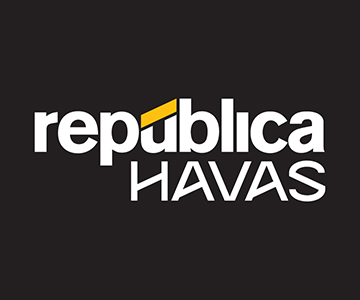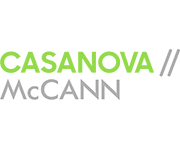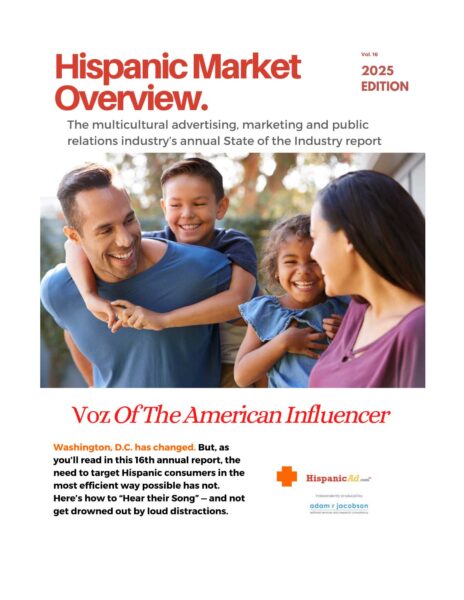Why market research needs government-funded university research to thrive
June 13, 2025

How government-funded university research has shaped the insights industry
The market research industry is built on innovation. Whether it’s new ways of collecting data, developing predictive models or finding more accurate ways to understand human behavior, much of what we use daily as market researchers can be traced back to one powerful engine of innovation: government-funded university research.
As an industry, we often champion advancements like synthetic data, online panels, machine learning and behavioral science. Yet we rarely acknowledge that these innovations stem from university research, which relies heavily on public and institutional funding. Advocating for its continued support is essential because many of the tools we now take for granted wouldn’t exist without it.
Here are three examples of government-funded university research that have shaped the modern market research industry.
1. Synthetic data and machine learning models
The emergence of synthetic data solutions over the past few years has completely transformed market research. Synthetic data allows researchers to simulate realistic consumer behaviors while protecting privacy, expanding datasets and reducing costs.
Much of this would not have been possible without early academic research into generative models like GANs (generative adversarial networks). GANs were first proposed by Ian Goodfellow and his colleagues in a 2014 paper while at the University of Montreal, an institution that received significant government research funding through Canada’s National Sciences and Engineering Research Council. Similarly, the foundations of generative AI that fuel synthetic data creation today, such as transformer models, were first explored in depth at publicly funded institutions like Stanford and MIT.
These academic breakthroughs, originally meant to solve theoretical problems, have been adapted and commercialized by synthetic data providers across the market research space. If public funding for these early experiments had not existed, the synthetic data solutions we now rely on might still be a decade away, or not exist at all.
2. Online sampling and survey methodology
The shift from telephone-based to online-based sampling was one of the most significant disruptions in market research over the past 30 years. But building reliable online samples required understanding how people behave differently on the internet compared to traditional media.
This understanding was made possible by research from universities like the University of Michigan and Stanford, which conducted early experiments in online behavior and social science, often with grants from the National Science Foundation and other government agencies.
Foundational concepts like nonresponse bias in online surveys, sampling representativeness in digital populations and even online panel recruitment strategies emerged from peer-reviewed academic work. Today’s leading panel companies and sample providers owe much of their methodology to these early university studies, which were often theoretical when they were first published.
3. Behavioral science and choice modeling
Behavioral economics is now a mainstay in market research, shaping everything from questionnaire design to advertising testing. However, behavioral economics itself and key methods like conjoint analysis and discrete choice modeling originated from university researchers, funded by government grants.
For example, Nobel Prize winner Daniel Kahneman, who developed many of the concepts behind behavioral economics, conducted his research at Princeton with funding from U.S. government agencies. Similarly, conjoint analysis, now a standard method for testing product features and pricing, was developed at the University of Pennsylvania and the University of Michigan, supported in part by government-funded research grants.
Today, almost every brand study, advertising test and product optimization project in market research benefits from behavioral science. Without these original academic innovations, many of the most effective techniques we rely on would not exist.
Championing university research
As an industry, we must recognize the importance of government funding for university research. The innovations that drive market research forward, like synthetic data, new sampling techniques and behavioral science breakthroughs, all depend on a pipeline of academic discovery.
When public investment in university research is threatened, it isn’t just theoretical fields that are at risk. It’s the foundation of our industry’s future. The ideas, breakthroughs and jobs that have long driven innovation depend on sustained support. Without it, we risk slowing the next wave of innovation before it even starts.
Our role as industry leaders, vendors and practitioners should be to champion policies and initiatives that protect and expand investment in academic research. We must recognize that today’s research paper is tomorrow’s industry disruption.
Market research does not exist in a vacuum. It exists because of decades of research that government funding made possible. If we want to continue delivering insights that matter, we must collectively advocate for funding the university research that makes it all possible.





























